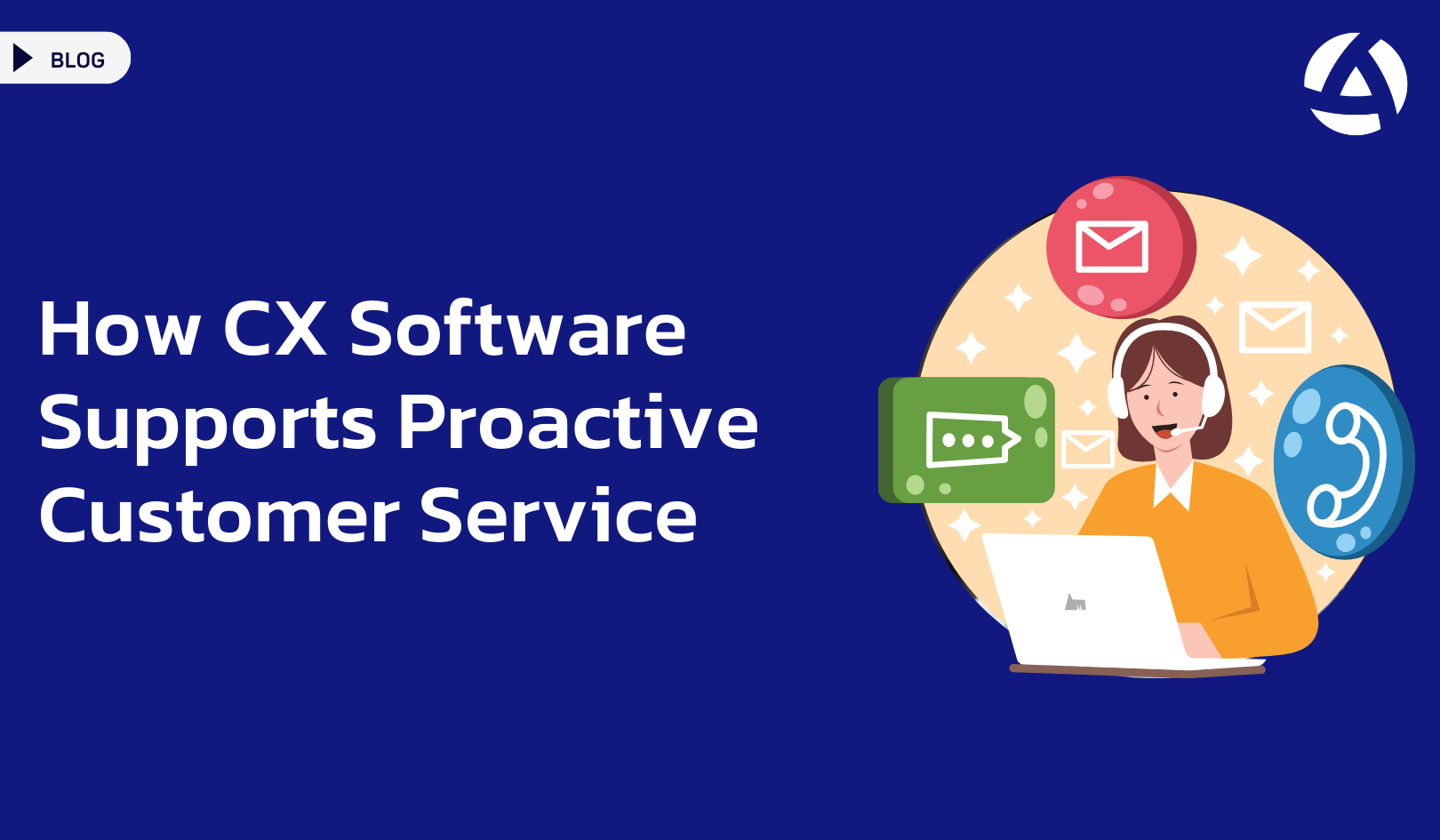Proactive customer service has become a critical component for businesses aiming to provide exceptional customer experiences. Instead of merely reacting to customer issues, companies are now anticipating needs and addressing them before they escalate. One of the most powerful tools enabling this shift is CX software. This blog post explores how CX software supports proactive customer service, transforming the way businesses interact with their customers.
Understanding Proactive Customer Service
Proactive customer service involves anticipating customer needs and resolving potential issues before they arise. This approach not only enhances customer satisfaction but also reduces the volume of inbound support requests. By leveraging CX software, companies can gain insights into customer behavior, preferences, and potential pain points, allowing them to take preemptive actions.
Key Features of CX Software for Proactive Service
CX softwares offer a range of features that support proactive customer service. These include:
- Predictive Analytics: CX software utilizes predictive analytics to forecast customer behavior and identify trends. By analyzing historical data, the software can predict potential issues customers might face, enabling businesses to address them proactively.
- Automated Alerts and Notifications: The software can set up automated alerts for specific triggers, such as a sudden drop in customer satisfaction scores or an increase in negative feedback. These alerts allow customer service teams to act swiftly, resolving issues before they escalate.
- Customer Journey Mapping: CX software provides detailed customer journey maps, highlighting each touchpoint a customer interacts with. By analyzing these maps, businesses can identify potential friction points and take corrective actions in advance.
- Sentiment Analysis: Advanced CX software includes sentiment analysis tools that analyze customer feedback from various channels. By understanding the sentiment behind customer comments, companies can proactively address concerns and improve the overall customer experience.
Benefits of Proactive Customer Service with CX Software
Implementing proactive customer service through CX software offers numerous benefits:
- Enhanced Customer Satisfaction: By addressing issues before they become problems, businesses can significantly boost customer satisfaction. Proactive service demonstrates a commitment to customer care, fostering loyalty and trust.
- Reduced Support Costs: Proactive service can lead to a decrease in the number of inbound support requests. This reduction in support volume translates to lower operational costs and more efficient use of resources.
- Improved Customer Retention: Customers who experience proactive service are more likely to remain loyal to a brand. By continuously meeting and exceeding customer expectations, businesses can improve retention rates and reduce churn.
- Positive Brand Perception: Proactive customer service can enhance a brand’s reputation. When customers feel valued and understood, they are more likely to share positive experiences, contributing to a favorable brand image. According to Gartner, proactive customer service strategies can significantly enhance customer loyalty and overall satisfaction.
Implementing Proactive Customer Service with CX Software
To effectively implement proactive customer service using CX software, businesses should follow these steps:
- Data Collection and Analysis: Gather comprehensive data from various customer touchpoints. Use CX softwares to analyze this data and identify patterns and trends that indicate potential issues.
- Set Up Automated Triggers: Configure the software to send alerts for specific triggers, such as low satisfaction scores or repeated complaints about a particular issue. Ensure that the customer service team is trained to respond promptly to these alerts.
- Regularly Review Customer Journeys: Use customer journey mapping tools to regularly review and update customer journeys. Identify and address friction points to streamline the customer experience.
- Engage in Continuous Improvement: Proactive customer service is an ongoing process. Continuously monitor customer feedback and performance metrics to identify areas for improvement. Use the insights gained from CX software to refine strategies and enhance service quality.
Conclusion
CX software is an essential tool for businesses aiming to provide proactive customer service. By leveraging features such as predictive analytics, automated alerts, and sentiment analysis, companies can anticipate customer needs and address issues before they arise. This proactive approach not only enhances customer satisfaction but also improves retention rates and reduces support costs. Implementing proactive customer service with CX softwares positions businesses to stay ahead of customer expectations and maintain a competitive edge in today’s market.
By adopting CX softwares, businesses can transform their customer service strategies, moving from reactive to proactive, and ultimately delivering exceptional customer experiences.




